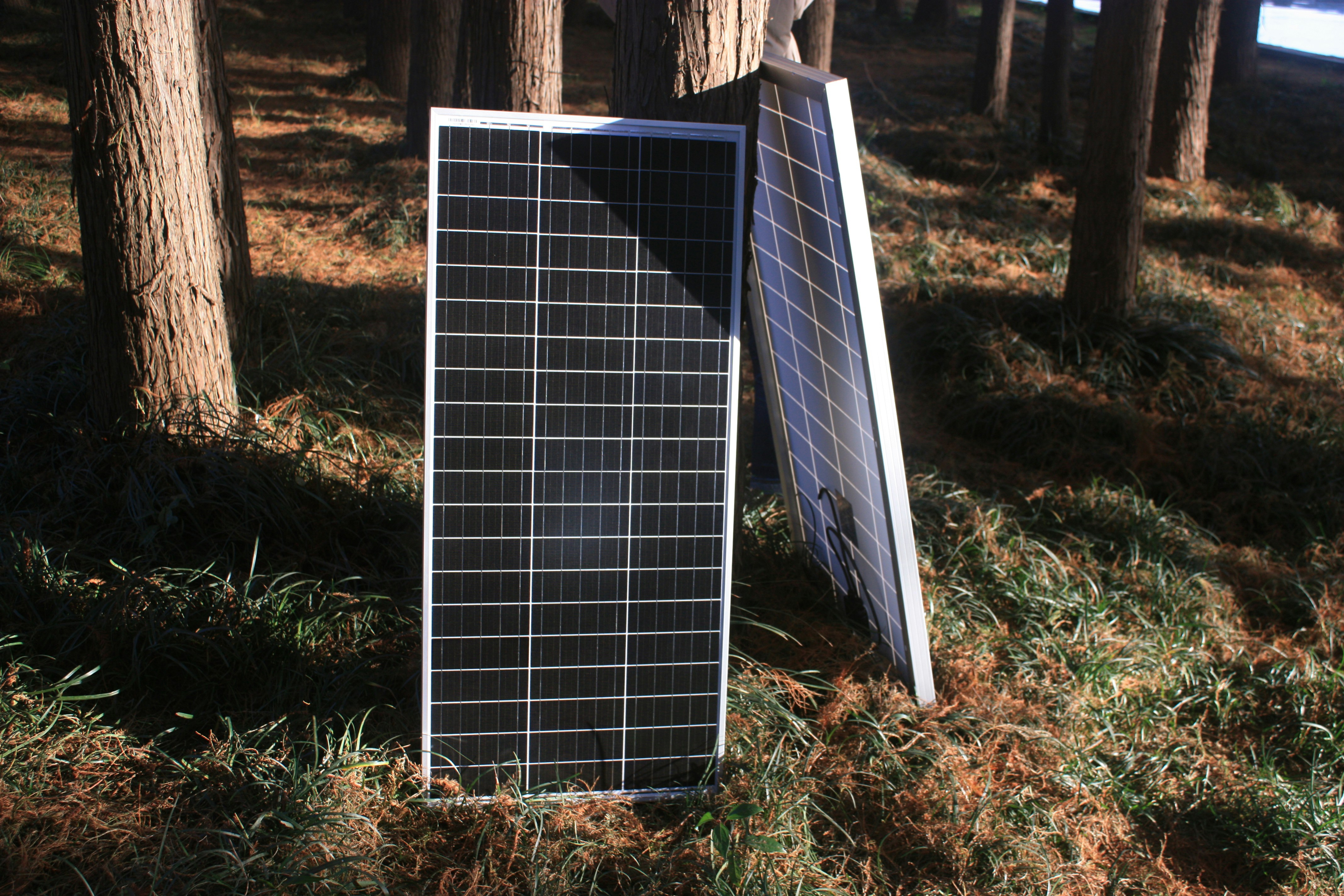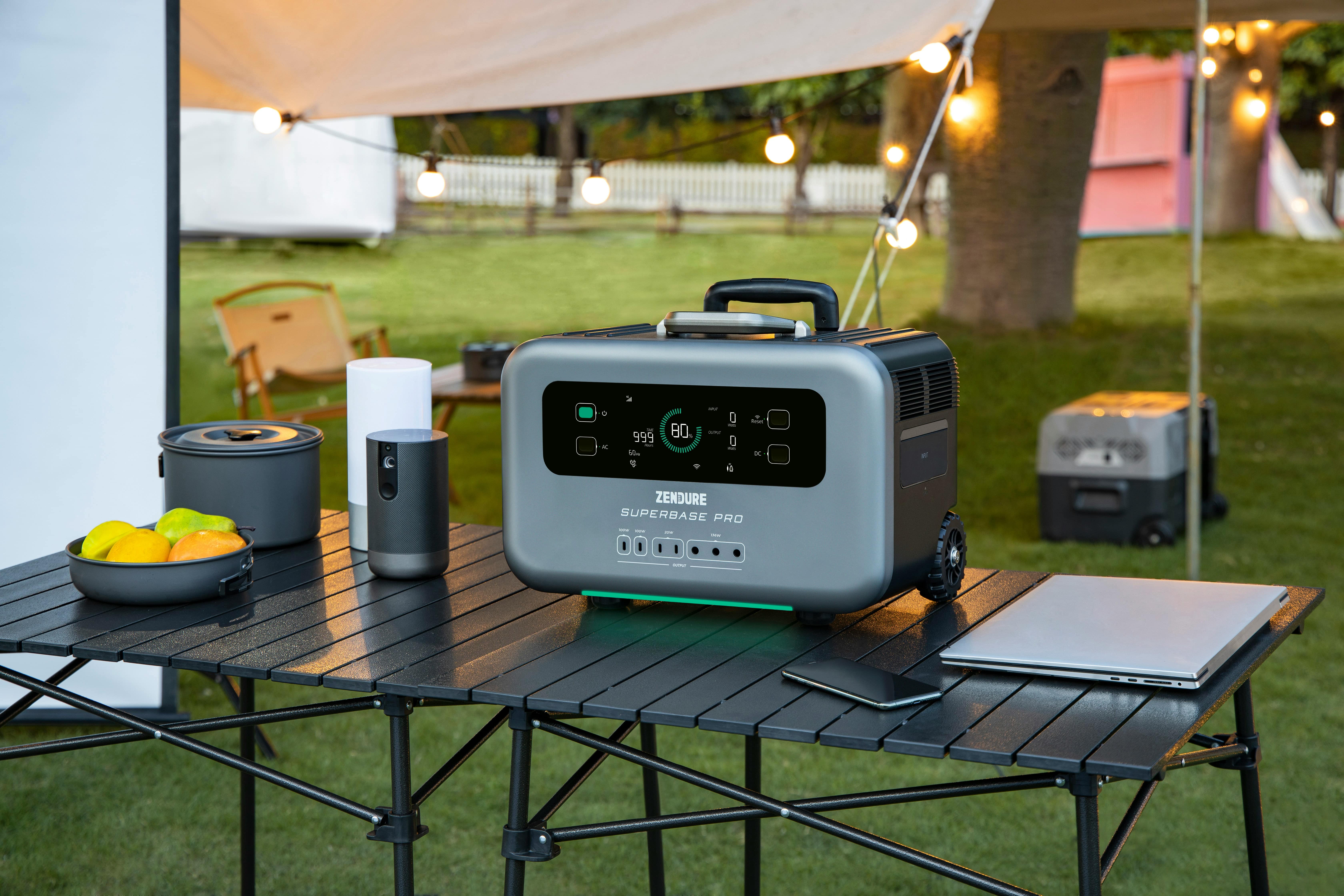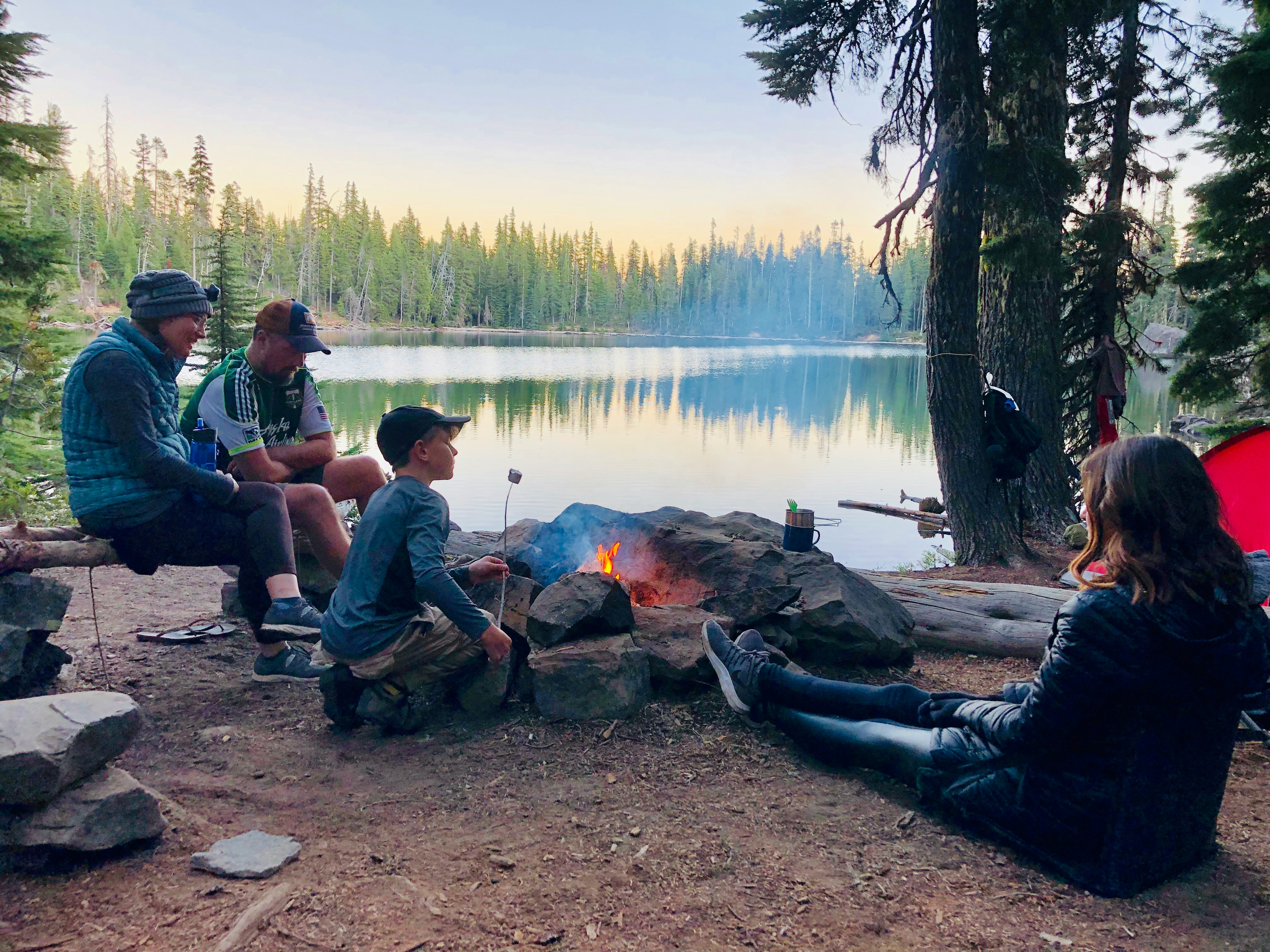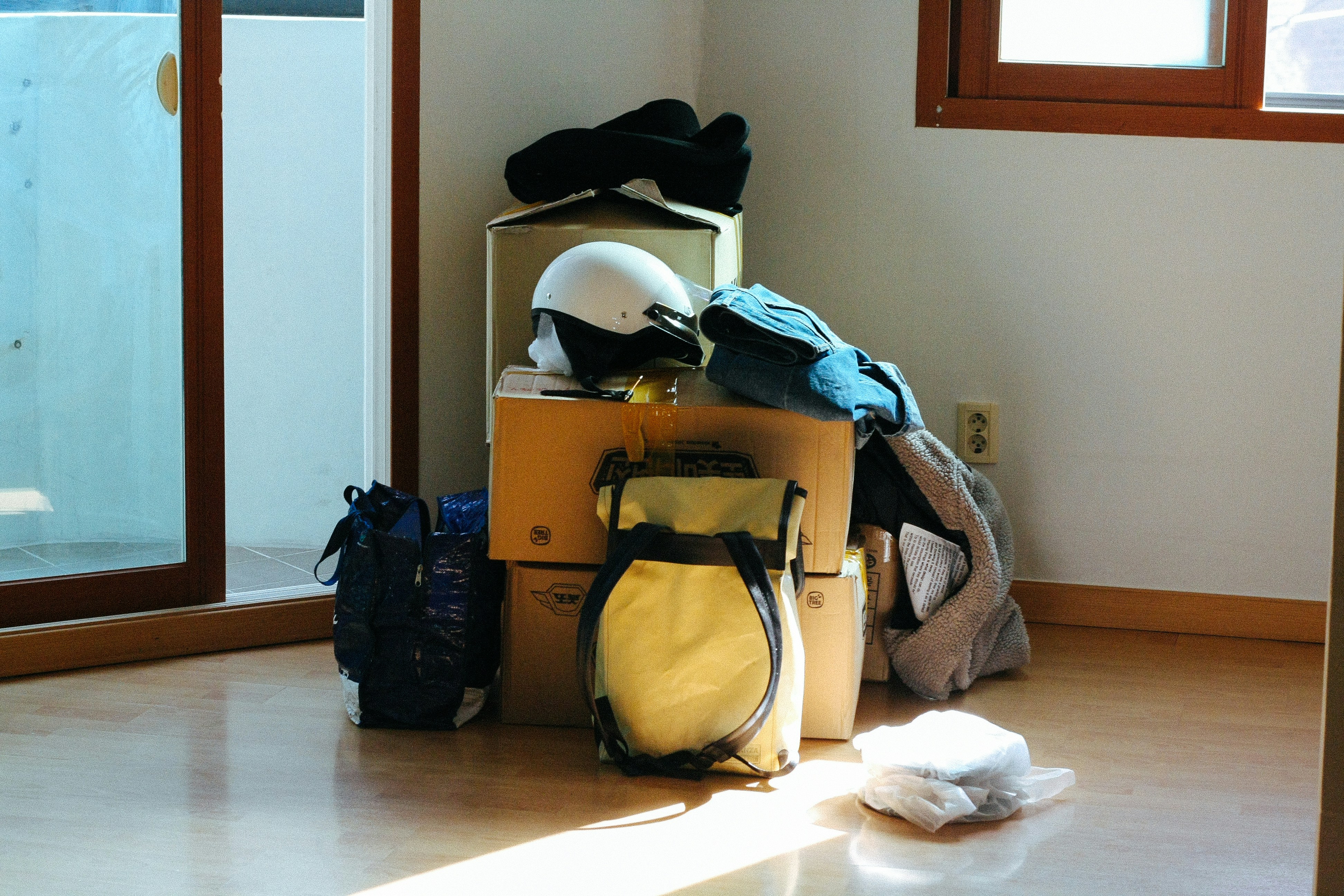Learn how RV solar panels work, what you need, and how to choose the right system for your camping adventures at Lamb City Campground.

So you are thinking about adding solar panels to your RV? Smart move. Whether you camp at Lamb City Campground or head off into the wilderness, solar power gives you the freedom to camp longer without worrying about your batteries dying.
This guide breaks down everything you need to know about RV solar panels in plain English. No fancy jargon, no confusing tech talk. Just real information that helps you make the right choice.
Why RV Solar Panels Make Sense
Picture this: You are parked at a beautiful seasonal RV site, the sun is shining, and your solar panels are quietly charging your batteries while you relax. No generators roaring. No trips to find electrical hookups. Just clean, free energy from the sun.
Solar panels let you run your lights, charge your phones, power your fridge, and keep your water pump working without being plugged into shore power. For campers who love boondocking or dry camping, solar panels are like having a portable power plant on your roof.
How RV Solar Panels Actually Work
The science behind solar panels is pretty straightforward. When sunlight hits the solar panels on your RV roof, they create electricity. That electricity flows through a charge controller, which makes sure your batteries do not get overcharged. Your batteries store that power for when you need it, day or night.
Think of it like filling up a gas tank. The solar panels are the gas pump, the charge controller is the automatic shut-off that stops the tank from overflowing, and your batteries are the tank itself.
What You Need Beyond Just Panels
Getting solar power on your RV is not just about slapping some panels on the roof and calling it a day. You need a few other components to make the whole system work.
Solar Panels: These sit on your roof and soak up the sunshine. They come in different sizes and power ratings.
Charge Controller: This little box is the brain of your system. It makes sure your batteries charge safely and efficiently. There are two main types: PWM (less expensive, less efficient) and MPPT (costs more, works better).
Batteries: Your batteries store the power your panels create. Most RVs come with lead-acid batteries, but lithium batteries are becoming popular because they last longer and charge faster.
Inverter: If you want to run things that plug into regular wall outlets (like your laptop or TV), you need an inverter to convert the battery power into the kind of electricity those devices use.
Wiring and Mounting Hardware: You need proper cables to connect everything and mounting brackets to secure your panels to your roof.
How Much Solar Power Do You Really Need?
This is the million-dollar question. The answer depends on how you camp and what you want to run.
Start by making a list of what you use when camping. Lights, water pump, phone chargers, laptop, TV, coffee maker, microwave—whatever you cannot live without. Each device uses a certain amount of power, measured in watts.
Add up the watts for everything you use and multiply by how many hours per day you use each item. That gives you your daily power needs in watt-hours.
Most weekend campers do fine with 200 to 400 watts of solar panels. If you are living in your RV full-time or running power-hungry appliances, you might need 600 to 1,000 watts or more.
Here is a reality check though: Solar panels only make power when the sun is shining. On cloudy days or in shaded campsites, your panels will not produce as much. That is why sizing your system right matters.
Types of Solar Panels for RVs
You have three main options when shopping for RV solar panels.
Monocrystalline Panels: These are the most efficient and take up less space. They work better in low-light conditions and last longer. They cost more upfront but give you more bang for your buck in the long run.
Polycrystalline Panels: These are less expensive but also less efficient. They need more roof space to produce the same power as monocrystalline panels. They work fine if you have the room and want to save some money.
Flexible Panels: These are thin and lightweight, perfect for curved RV roofs. They are less efficient and do not last as long as rigid panels, but they are easier to install and look sleeker.
Portable Versus Roof-Mounted Panels
Some campers prefer portable solar panel kits that sit on the ground instead of permanent roof-mounted panels.
Portable panels give you flexibility. You can angle them toward the sun for better performance and park your RV in the shade while your panels soak up rays in a sunny spot. They are also easier to add to your setup without drilling holes in your roof.
The downside? You have to set them up and take them down every time you move. They also take up storage space and can be stolen if you leave them unattended.
Roof-mounted panels are always ready to work. Once installed, you do not have to think about them. They are secure and out of the way. But you are stuck with however they are positioned, and if your RV is parked in the shade, tough luck.
Many campers at RV site rentals end up using a combination of both for maximum flexibility.
Installation: DIY or Professional?
Installing solar panels on your RV is not rocket science, but it does require some basic electrical knowledge and comfort with working on your roof.
If you are handy and like projects, you can install a basic system yourself in a weekend. There are tons of online tutorials and videos that walk you through each step. Just make sure you seal all your roof penetrations properly so you do not end up with leaks.
If electricity makes you nervous or you want a more complex system, hiring a professional installer makes sense. It costs more, but you get peace of mind knowing it is done right.
Maintaining Your Solar System
Good news: Solar panels are pretty low-maintenance. Here is what you need to do to keep them working well.
Keep your panels clean. Dust, dirt, bird droppings, and tree sap can block sunlight and reduce your power output. A gentle spray with a hose and a soft brush usually does the trick.
Check your connections periodically to make sure nothing has come loose. Give your batteries some attention too. Keep them charged and check the water levels if you have lead-acid batteries.
Watch for shade. As the seasons change, the sun angle changes too. What was a sunny spot in summer might be shaded in winter.
Common Mistakes to Avoid
First-time solar buyers often make the same mistakes. Learn from their experience.
Under-sizing your system is probably the biggest mistake. It is better to have a little extra capacity than to constantly run out of power. Adding more panels later is possible but costs more than doing it right the first time.
Skimping on the charge controller is another common error. A cheap PWM controller might save you fifty bucks now, but an MPPT controller will give you 20 to 30 percent more power from the same panels.
Ignoring battery capacity means your system cannot store all the power your panels create. Your batteries need to match your solar array size.
Poor installation leads to leaks, loose panels, and electrical problems. Take your time or hire someone who knows what they are doing.
Real-World Performance Expectations
Let me set your expectations right. Solar panels are amazing, but they are not magic. A 100-watt panel in perfect conditions might give you 100 watts for a few hours a day. But perfect conditions are rare.
Realistically, expect your panels to produce about 70 to 80 percent of their rated power on a good day. Factor in shorter winter days, cloudy weather, and less-than-perfect panel angles, and you will see why having extra capacity matters.
Many campers report that their solar systems meet 70 to 90 percent of their power needs during the camping season. You might still need to run a generator occasionally or plug in at campgrounds near Boston MA to top off your batteries every few weeks.
Is Solar Worth the Investment?
Solar panel systems typically cost between $500 for a basic setup to $3,000 or more for a full-time living system. That is not pocket change.
But think about the payback. If you camp 50 nights a year and save $20 per night on campground fees by choosing sites without hookups, you save $1,000 annually. Your system pays for itself in a few years, then keeps giving you free power for 20 years or more.
Beyond the money, there is the freedom factor. You can camp where you want, not just where there are electrical hookups. You can stay longer at your favorite spots. You can run your essentials without the noise and smell of a generator.
For many RV owners, that freedom is priceless.
Getting Started with Solar
Ready to go solar? Start small if you are not sure about your needs. A basic 100 or 200-watt kit lets you dip your toes in without breaking the bank. You can always add more panels later.
Do your homework. Read reviews, join RV forums, and talk to other campers who have solar systems. Ask questions. Most RV solar users love talking about their setups and sharing what they learned.
Consider starting with a portable kit before committing to a permanent roof installation. That lets you test solar power and figure out your actual needs before making permanent changes to your RV.
Power Your Adventures at Lamb City Campground
Whether you are just starting to think about RV solar panels or ready to install a system, having reliable power makes camping more enjoyable. At Lamb City Campground, we welcome RV campers with all types of setups.
Ready to put your solar system to the test? Book your stay at our RV sites or check out our seasonal camping options. Call us at (978) 249-2049 or visit our campground at 85 Royalston Rd, Phillipston, MA 01331. We would love to see you and your solar-powered rig out here enjoying nature!



